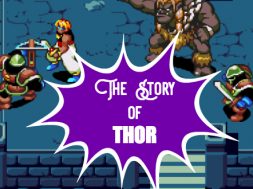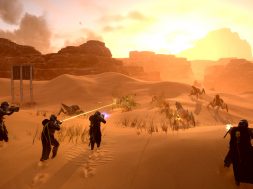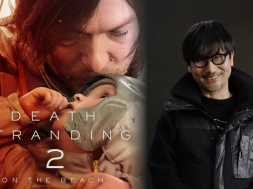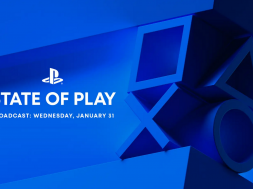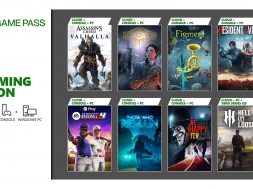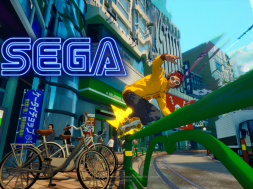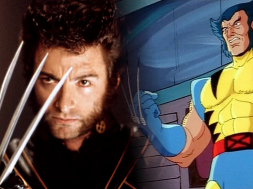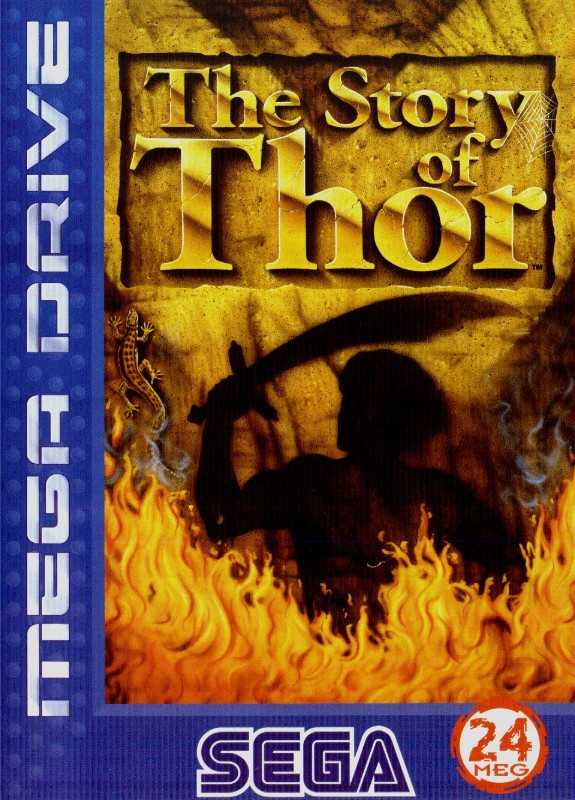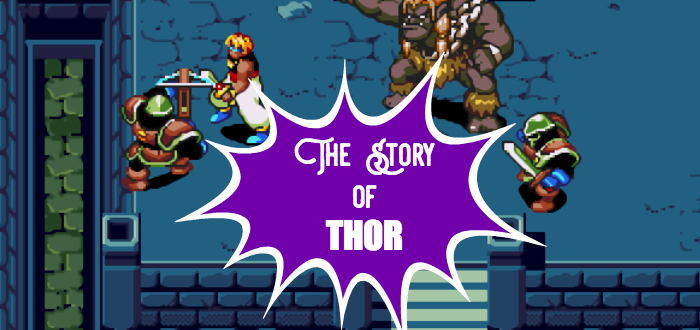
The Story of Thor (more commonly known as Beyond Oasis) was released on the Sega Mega Drive in 1995. One of the last games of its generation it is a technical and visual masterpiece. Like most 16 bit games from this era, it was overshadowed by the new CD based consoles. As such The Story of Thor was not a mainstream success. Those who did play it however, loved it. I loved it and playing it now eradicated any nostalgia based doubt I had about its stature as an amazing piece of work.
The Story
Prince Ali discovers a magical golden armlet which brings forth the power of the elements. He must use it to combat the evil possessor of the silver armlet and stop the world from falling into darkness. The top down perspective and increasing health and magic meters are reminiscent of the Legend of Zelda series. But the epic grandeur and fast paced nature make it more akin to The Secret of Mana, only with a better combat system. 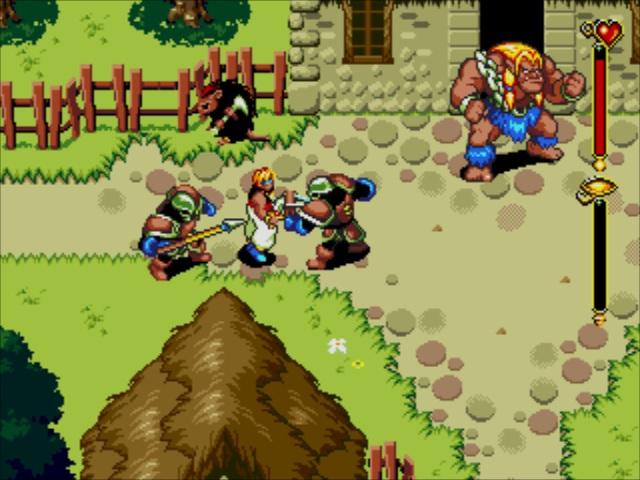
Taking elements from side scrolling fighters, our knife wielding hero uses combos and acrobatic attacks to defeat the bad guys. This game combines the RPG and fighting elements superbly and on it’s own would have made for a fun way to pass the time. What really sets it apart is the use of magic as not just a power up but an absolute essential ingredient to the gameplay itself, be it in combat, exploration or puzzle solving.
The Gameplay
Using his golden armlet, Ali has the ability to summon four elementals to aid him in his quest. Dytto the water spirit restores health, Bow the plant spirit finds treasure, Shade the light spirit lets you access hidden areas and Ifrit the fire spirit kills your enemies. With fire. They are extremely helpful companions but you can only call a certain spirit through a certain element. So if you need the healing power of Dytto, you need some water. Sounds easy enough but what if you’re locked in a dungeon far away from the sea? This is where you stop, look and listen to your environment and realise that maybe that leak in the ceiling is more than just an atmospheric touch. If you are on a ship in the middle of the ocean and need help smiting your foes in flames, look at the weapons being used against you and if your timing is right, Ifrit will appear. It was this ingenious use of the spirit mechanic which made this game stand out. I would have been perfectly happy with just a kicky, stabby RPG. The added bonus of lateral thinking made The Story of Thor something special.
The Nostalgia
I have very strong memories of playing this game. Not just playing it, devouring it. I also remember the perfect joy I felt when I finished it. Before writing this article I wanted to pl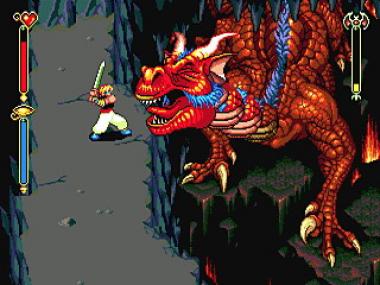 ay it again on my fully functional Mega Drive. After an extensive search in my parents house another memory came to me. I never actually owned this game. I thought I did because I finished it and remembered doing so vividly but neither me nor my brothers ever bought it. The Story of Thor was a game we rented. And rented. And rented again. When my pocket money was spent and it was overdue, my brother would spend his money on the late fee. My good friend Stephen (who now writes for outwest.ie) even walked with us to Xtravision when we had to return it and immediately rented it himself so we could all go back home and finish it. I asked him just the other day what was it about that game that made us rent it so much. After 20 years since he last played it he remembered how the epic story, perfectly balanced gameplay and intriguing support system kept calling us back. These qualities were commonplace for a CD-ROM adventure game but for a 16 but console title to deliver the same experience and have such a lasting effect is extraordinary.
ay it again on my fully functional Mega Drive. After an extensive search in my parents house another memory came to me. I never actually owned this game. I thought I did because I finished it and remembered doing so vividly but neither me nor my brothers ever bought it. The Story of Thor was a game we rented. And rented. And rented again. When my pocket money was spent and it was overdue, my brother would spend his money on the late fee. My good friend Stephen (who now writes for outwest.ie) even walked with us to Xtravision when we had to return it and immediately rented it himself so we could all go back home and finish it. I asked him just the other day what was it about that game that made us rent it so much. After 20 years since he last played it he remembered how the epic story, perfectly balanced gameplay and intriguing support system kept calling us back. These qualities were commonplace for a CD-ROM adventure game but for a 16 but console title to deliver the same experience and have such a lasting effect is extraordinary.
The Reception
As I said before, being released on the cusp of the fourth and fifth generation games consoles and the rapid change in video game culture meant the public’s attentions were drawn elsewhere and The Story of Thor did not achieve the lofty heights of Zelda or Mana. No doubt it is a cult classic but even the current popularity of retro gaming has glossed over it in favour of more famous titles. But those who do still play it still love it. I still love it and I still believe it represents the best of everything we all love about video games and any other visual art form.
